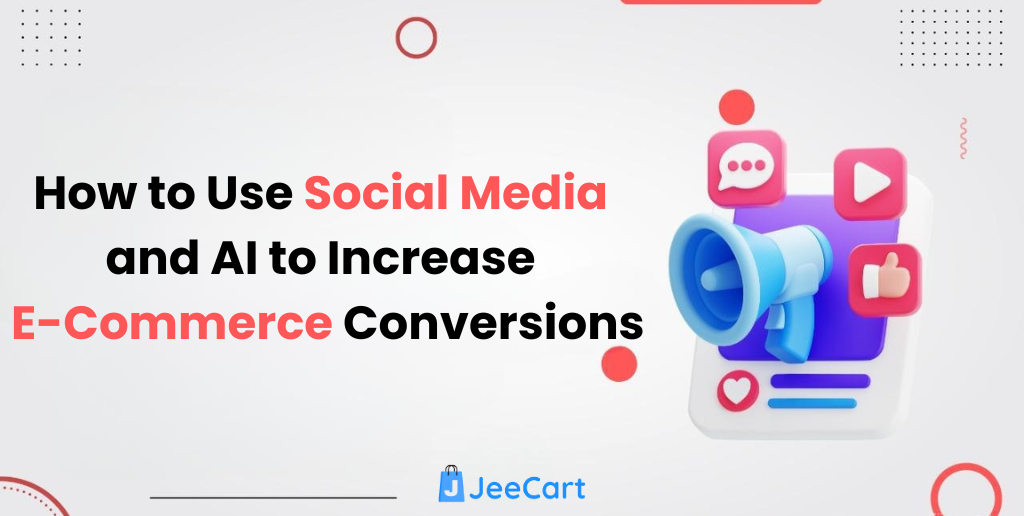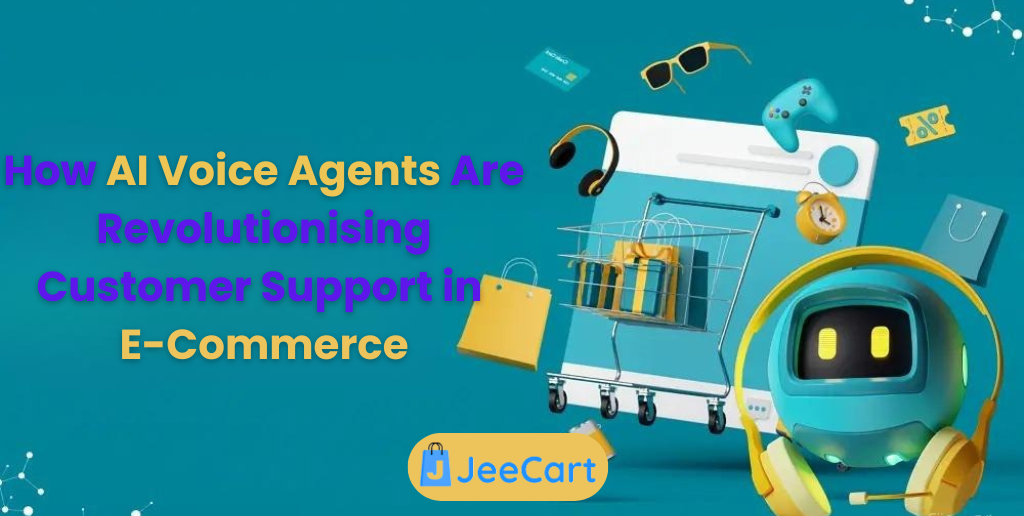Introduction
In today’s fast-changing marketing landscape, understanding the 5 Ps of Marketing is essential for building a successful business strategy. Whether you’re a startup founder, an eCommerce entrepreneur, or a marketing professional, this framework gives you a clear roadmap to connect your brand with your audience effectively.
Originally introduced as part of the Marketing Mix concept, the 5 Ps — Product, Price, Place, Promotion, and People — represent the core elements that define how a business markets its products or services. Each “P” plays a critical role in creating value for customers, ensuring brand consistency, and driving long-term growth.
In this blog, we’ll dive deep into each of the 5 Ps of Marketing, explore how they work together, and share actionable insights and examples to help you apply them in your own marketing strategy.
What Are The 5 Ps of Marketing?
The 5 Ps of Marketing are a framework that helps businesses identify and optimize the key elements of their marketing mix. This concept expands the original 4 Ps (Product, Price, Place, Promotion) by adding a fifth element — People — recognizing that customers and employees play a vital role in marketing success.
Here’s a quick overview:
| P | Element | Key Focus |
| 1 | Product | What you’re selling — features, design, quality |
| 2 | Price | How much you charge — pricing strategy and value perception |
| 3 | Place | Where you sell — distribution and accessibility |
| 4 | Promotion | How you communicate — advertising, branding, and outreach |
| 5 | People | Who’s involved — customers, employees, and stakeholders |
Let’s explore each of these in detail.
1. Product – Building What Your Customers Truly Want
Your product is the foundation of your marketing strategy. It’s not just a physical item — it can be a service, a digital product, or an experience. The key is understanding what your customers need and ensuring your product delivers that value.
Key Questions to Ask:
- What problem does your product solve?
- What makes it different from competitors?
- How can you improve its features or usability?
Practical Example:
Apple’s iPhone isn’t just a smartphone; it’s a symbol of design excellence, innovation, and ecosystem connectivity. Apple continually improves the product while aligning it with customer expectations.
Tips for Marketers:
- Conduct regular market research to identify customer pain points.
- Focus on user experience (UX) and quality.
- Keep your product aligned with evolving market trends.
2. Price – Balancing Value and Profitability
Price is more than just a number — it communicates value, quality, and positioning. Setting the right price requires balancing profitability with customer perception.
Factors Influencing Pricing:
- Production costs
- Market demand
- Competitor pricing
- Brand positioning
- Perceived value
Popular Pricing Strategies:
- Penetration Pricing: Setting a low price to enter a competitive market.
- Premium Pricing: Charging higher prices for exclusivity or superior quality.
- Value-Based Pricing: Pricing based on customer-perceived value rather than cost.
- Dynamic Pricing: Adjusting prices based on demand and timing (e.g., airlines, hotels).
Example:
Netflix uses value-based pricing — offering affordable plans tailored to different audiences while constantly improving content value.
For eCommerce entrepreneurs managing global customers, understanding online payment systems is essential. Here’s a detailed guide on How to Withdraw Money from PayPal to simplify your international transactions.
Tips for Marketers:
- Avoid underpricing — it can hurt your brand perception.
- Test multiple pricing models to see what resonates with your target audience.
- Offer bundles or discounts strategically to attract new customers without harming profit margins.
3. Place – Making Your Product Easily Accessible
Place refers to where and how your customers can access your product. It includes physical locations, online platforms, and distribution networks. The goal is to make purchasing seamless and convenient.
Types of Distribution Channels:
- Direct: Selling directly to consumers (e.g., your website, physical store).
- Indirect: Through intermediaries like distributors or retailers.
- Hybrid: A mix of both (e.g., D2C brands selling via Amazon and their website).
Example:
Nike sells its products through multiple channels — official stores, authorized retailers, and eCommerce platforms — ensuring global reach and convenience.
Tips for Marketers:
- Optimize your eCommerce store for mobile users.
- Use analytics to track where your customers shop most.
- Partner with reliable distribution platforms or delivery networks.
Choosing the right Ecommerce Platforms can make all the difference in how easily your customers can find and purchase your products online.
4. Promotion – Communicating Your Value Proposition
Promotion is how you communicate your product’s value to your audience. It’s not just about advertising — it’s about telling your story and building trust.
Core Promotional Channels:
- Advertising: Google Ads, Meta Ads, TV, and radio.
- Content Marketing: Blogs, videos, infographics.
- Social Media: Building engagement on Instagram, LinkedIn, or X.
- Public Relations: Press releases and influencer collaborations.
- Email Marketing: Personalized communication with your audience.
Example:
Coca-Cola’s “Share a Coke” campaign transformed simple bottles into personalized experiences, blending emotional marketing with user participation.
To scale your promotional reach, consider using advanced AI Tools for Affiliate Marketing that help identify profitable niches, track conversions, and optimize campaigns efficiently.
Tips for Marketers:
- Define a clear brand voice across all platforms.
- Use storytelling to connect emotionally with your audience.
- Track ROI using analytics tools to optimize campaigns.
5. People – The Human Element of Marketing
The fifth P, People, includes both your customers and your team. Customers influence how your brand is perceived, while employees shape how your brand delivers on promises.
Why People Matter:
- Customer Experience: Satisfied customers become brand advocates.
- Employee Engagement: Motivated teams deliver better service and innovation.
- Feedback Loops: Listening to people helps refine your product and strategy.
Example:
Zappos built its brand on exceptional customer service — empowering employees to go above and beyond for every shopper. Their “people-first” approach became their strongest marketing asset.
In today’s digital businesses, customer engagement can also be enhanced through AI Chatbots for E-commerce Teams that streamline communication, automate responses, and boost workplace productivity.
Tips for Marketers:
- Train your team in customer interaction and brand values.
- Encourage user reviews and testimonials.
- Build a community around your brand.
How The 5 Ps of Marketing Work Together
Each of the 5 Ps of Marketing is interconnected. A great product won’t succeed if it’s poorly promoted or overpriced. Likewise, a strong promotional campaign can’t compensate for a weak product.
Here’s how they work together:
- Product provides the foundation.
- Price defines perceived value.
- Place ensures accessibility.
- Promotion builds awareness and interest.
- People sustain trust and loyalty.
When aligned, these elements create a powerful synergy that drives customer satisfaction and business growth.
Real-World Example: Starbucks and The 5 Ps of Marketing
Let’s see how Starbucks uses the 5 Ps in action:
- Product: Premium coffee, consistent taste, and innovative menu.
- Price: Slightly premium pricing to emphasize quality and experience.
- Place: Strategically located stores in high-traffic areas and digital presence via mobile apps.
- Promotion: Lifestyle-based advertising and loyalty programs.
- People: Friendly baristas and customer-focused service culture.
The result? A global coffee empire that sells not just coffee but an entire experience.
The Importance of The 5 Ps of Marketing in Today’s Digital Age
In the digital era, the 5 Ps of Marketing are more relevant than ever. Businesses can use data analytics, automation, and AI tools to fine-tune each element:
- Product: Use customer data to design better offerings.
- Price: Leverage dynamic pricing tools for flexibility.
- Place: Expand through omnichannel marketing.
- Promotion: Use AI-driven personalization for higher conversions.
- People: Build brand communities through engagement and trust.
By mastering all five elements, brands can create a consistent, customer-centric marketing strategy that adapts to modern demands.
Conclusion
The 5 Ps of Marketing — Product, Price, Place, Promotion, and People — form the backbone of every successful marketing plan. Together, they help businesses define value, connect with audiences, and maintain a competitive edge.
Mastering these principles doesn’t happen overnight, but with continuous optimization, feedback, and data-driven insights, you can build a marketing mix that scales your brand sustainably.
Start by analyzing each “P” in your own business. Identify which area needs the most improvement and align your strategy around it. When all five Ps work in harmony, your marketing efforts will naturally attract, convert, and retain customers more effectively.







